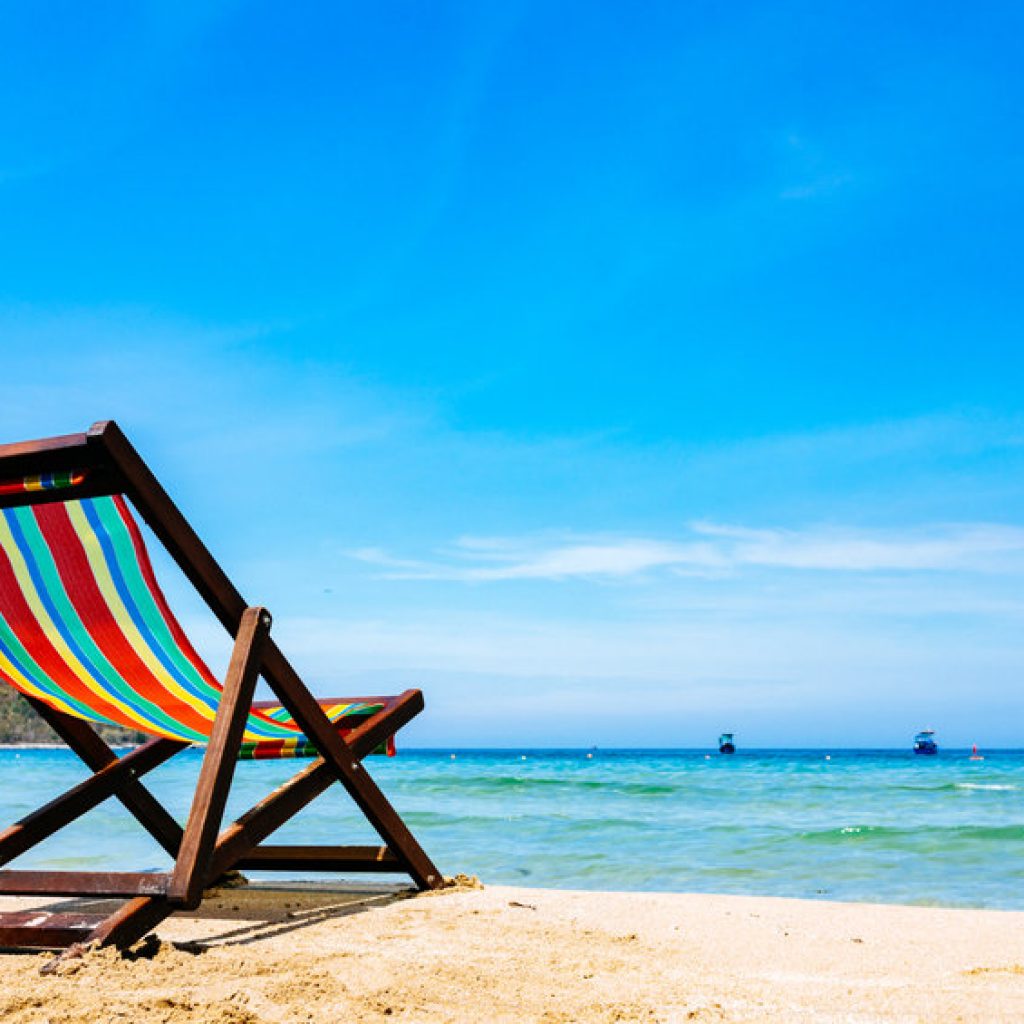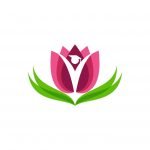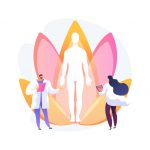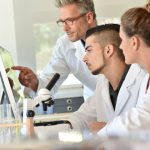FRASER SMITH, MATD, ND
You can only drive down Main Street so many times… And a million vacations is what you’ve got in mind. (Max Webster, a Canadian rock band)
Nobody ever said medical school would be easy, but I’ve observed that all first-year students face a fundamental challenge, or even feel overwhelmed, by naturopathic medical school. In 24 years of naturopathic education, from residency on up, I have had only 1 student tell me that she was “bored” with the first 2 years. I’ve been told by students that certain classes are boring, but never the workload, except for that 1 student. Students adapt, but the challenge never really goes away; internship brings new challenges to surmount, and over time the continual pressures can take their toll.
This month, we look at a common problem to understand, which is resilience and the toll that medical school can take. This is important for those of us who work with students, be it at a college or our practice, when they visit or train with us clinically. Sometimes what we learn (or learn poorly) as a student about adapting can carry over into our professional lives, for better or for worse. What our profession needs from an educational system is very difficult to achieve in 4 years, and the increased demands on schools, and ultimately on students, may even be unattainable within 4 years at some point in the future.
Students have to take care of themselves. But that is always a challenge. The reference in this month’s title to the song “A Million Vacations” is not because we’ve found a way to make that happen for our students. It is a predictable emotion – the almost-ecstatic sense of setting out on a break and a holiday with all that time still in front of us. But our students don’t get that very often, other than perhaps a bit after their first year of studies, during a summer without NPLEX. Unlike some of their friends who are not doing this career path, they can’t go at it hard Monday to Friday and then completely cut loose on Friday at 5 PM. So there must be other ways to stay whole in mind, body, and spirit.
The Price We Pay
Burnout has been recognized for some time in medical students. Articles on this subject focus almost exclusively on students in MD programs. But given the essential demands on time and the high expectations for performance in naturopathic programs, it seems like we can borrow this descriptor, provided that we bear in mind some experiential differences.
A 2013 systematic review examining literature on this subject from 1974 to 2011 (and using terms such as burnout, stress, well-being, etc) found that at least half of medical students experienced some form of burnout during their studies.1 The authors concluded that burnout has long-ranging implications for psychological well-being for years beyond medical school, including possible psychiatric disorders and suicidal ideation. Of course, this raises questions about individual predispositions, in that an association doesn’t mean that medical school will always cause this negative life trajectory; however, burnout seems prevalent and serious enough to safely assume that a large number of students in any cohort are going to suffer. And common sense – as well as our own medical school experiences – would tell us that a group of highly motivated, or even driven, individuals with an unrelenting workload that can never really be completed, and few opportunities for rest, are bound to have problems.
Educational Delivery
Many students beginning naturopathic medical school are taken aback by the sheer number of credits, clock hours, and long days. They are often accustomed to undergraduate programs that offer a great deal of freedom; classmates change frequently, and classrooms can be all over campus. Suddenly, the student entering naturopathic school is thrust into a life with 1 stable cohort in a handful of rooms. It can feel like a return to high school, with attendance requirements, a home-room feel, and limited options. This is what students sign up for, but it is jarring nonetheless.
Many innovative ways to change up the experience have been tried over the years. In the 1970s, McMaster University pioneered the problem-based learning (PBL) approach. This was very learner-centric in its structure, with students given light lecture and then tasks with access to experts and other resources. Small groups would meet to work on definable problems that served as vehicles for meeting learning outcomes. This approach has evolved over the years and has been tried by other schools. It would seem that this is not the current trend, but teaching methods were refined in the problem-based learning milieu. PBL can lead to deep learning,2 which appears to be the case in many types of learning that are more “hands on” or active. Experientially, I could add that this type of deep dive is fun and a good fit for some students, while not enjoyed at all by others.
Freeing up students from seat-time is another method. Well before SARS-CoV-2 reared its ugly head, many medical schools were live-streaming lectures and giving students the option of showing up in person or watching from home. Class in pajamas can seem like a nice break. The fact of life for conventional (MD-granting) schools has been that students prioritize what they need to survive their board exams (USMLE, or US Medical Licensing Examination). This has gotten to the point that some medical educators have raised the alarm that pre-clinical education has become one big board-prep course. The USMLE Step 1 (basic sciences) has become pass/fail. Some commentators feel that this constitutes a lowering of standards. Others are cheering, as they feel that USMLE dominates pre-clinical education.3
Without a doubt, any health professions school must be very careful to address the major competencies and obvious topics of their board exams. But if that becomes the sine qua non of the program, then it starts to become less of a true education and more of a crash course. One colleague of mine, Dr Randy Swenson, has a great slogan to capture this: that we ought to “teach to the boards, and beyond.” Buzz Lightyear-inspired as it is, it’s a great reminder to keep our eye on the boards but also take our students further into an educational process that is coherent and has its own ends.
Trauma-informed Education
A great deal of literature is emerging about trauma-informed education. This includes recognizing the traumas that have impacted a learner, but not attempting to define it for them. That trauma can be poverty, racial discrimination, or childhood abuse, to name a few. This topic has an additional dimension in that we are still in the later phases of a pandemic that has lasted a long time, especially for someone who is comparing the nearly 2 years of COVID to their, say, 27 years on earth. We don’t need to itemize all the ways that this has been a disruptive and fatiguing menace. That experience, of course, puts people on their guard and raises cortisol levels. Habits of living that now anticipate constantly changing conditions, rules, variants, and decisions take their toll. This gets added on top of what is already a stressful medical student experience.
One example that relates to the earlier paragraph on how to deliver education is that of online learning. A timely study, published in January of 2021 and looking back at the prior 6 years, found that burnout and cynicism increased during the pandemic.4 The authors concluded that digital learning intensified this trend. Perhaps the lack of clinical experience before residency added to the stress… or, very likely, the lack of peer-to-peer interaction. Naturopathic physicians tend to be very pro-social, be they introverts or extroverts; a lockdown/hermit’s life doesn’t agree with most of us (all public health necessities aside). As a teacher who made extensive use of Zoom during 2020, I found that students adapted brilliantly but, like myself, found the lack of a social context outside of our online meetings tough. It was difficult to focus, to get motivated, to care. When we were able to return to the classroom, screened, masked, and distanced, even in that circumstance it was overwhelmingly awesome.
Naturopathic Solutions
If we cannot make medical school easy – and there are no magical nostrums of delivery that make it all play and no work – what can we do?
One solution is to help students understand how the determinants of health impact their lives. My colleague and friend, Dr Louise Edwards, does this brilliantly. Just as she wants students to understand how disturbed determinants of health in patients create imbalances that lead to symptoms of those imbalances, she drives it home to students that they must be aware of this in themselves as well. A simple lack of hydration can lead to poor concentration. Sleep is easy to cheat on when you have deadlines, but the emotional lability and mental fatigue from sleep loss is a huge issue. Even the best brewed coffee cannot erase the need for rest. Time to connect with friends and family is important. A hobby or some sport, even once a week, is really important. Without it, students can lose objectivity, thinking that one study session, or one test, is going to be the thing that makes or breaks them. This belief is a stress accelerator. And while there may be an occasional final exam or clinic test that really is a high-stakes event, when everything starts to feel like that, it’s time for a break. We can work with students to develop the same awareness and willingness to take action with their own determinants of health (or lack thereof) that we want them to exhibit with patients.
What are Our Goals?
Naturopathic physicians have to be excellent. It is a tall order to become an entry-level naturopathic doctor in 4 years, and it is done well. But like our colleagues in the conventional medical system, we have that same internal tension over “root rot,” “slipping standards,” etc… and the simple acceptance of reality. There is only so much a person can learn and internalize. Moreover, one might question what they are learning if the lesson is that “my quality of life doesn’t really matter, just not failing.” I don’t want to suggest here that a supreme effort isn’t sometimes required. However, the balancing force of self-awareness, social support, mindfulness, and a commitment to one’s own health must be there.
As educators, we have to think more and more about the needs of students, and tap into this trauma-informed-care body of knowledge. The Hollywood medical school image, portrayed in movies and television, celebrate the militaristic model of “sink or swim.” Real medical schools are not quite like that, especially now. But the attitude that a medical student should be able to take whatever is dished out to him or her is harmful, and according to some of the literature, potentially dangerous. Part of the solution is to have that balance. Schools such as Stanford Medical School are already doing a lot on that front. Our naturopathic students learn about self-healing, and also have access to excellent interns who can teach them from experience and, of course, help them with self-care.
We must be careful as a profession, too. We want more scope, and our responsibilities will increase. A telephone message and email from my licensing authority this morning, with updates about COVID vaccination guidelines, reminded me of how our body of knowledge required for work just grows. That’s for the good; we put so many good physicians out into the world. But there is a saturation point for what our amazing colleges can squeeze into the curriculum. And our students must navigate the journey of medical school and emerge whole, not fractured. We’ve come far in learning about this and making changes, and as a learning community, we need to keep evolving.
We can’t promise students the feeling of “A Million Vacations”; naturopathic medical school is no resort! But we can tap into the wisdom of naturopathic medicine, for the benefit of the students and the profession they are joining.
References:
- Ishak W, Nikravesh R, Lederer S, et al. Burnout in medical students: a systematic review. Clin Teach. 2013;10(4):242-245.
- Dolmans DHJM, Loyens SMM, Marcq H, Gijbels D. Deep and surface learning in problem-based learning: a review of the literature. Adv Health Sci Educ Theory Pract. 2016;21(5):1087-1112.
- Nolen L, Goshua A, Farber ON, Nguemeni Tiako MJ. Cheers and jeers as med school’s Step 1 test becomes pass/fail. February 14, 2020. StatNews Web site. https://www.statnews.com/2020/02/14/cheers-and-jeers-as-med-schools-step-1-test-becomes-pass-fail/. Accessed August 27, 2021.
- Zis P, Artemiadis A, Bargiotas P, et al. Medical Studies during the COVID-19 Pandemic: The Impact of Digital Learning on Medical Students’ Burnout and Mental Health. Int J Environ Res Public Health. 2021;18(1):349.
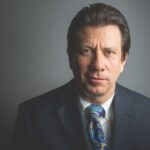
Fraser Smith, MATD, ND is Assistant Dean of Naturopathic Medicine and Professor at the National University of Health Sciences (NUHS) in Lombard, IL. Prior to working at NUHS, he served as Dean of Naturopathic Medicine at the Canadian College of Naturopathic Medicine (CCNM) in Toronto, Ontario. Dr. Smith is a licensed naturopathic physician and graduate of CCNM.

